Democracy On A Technological Mission
Democracy On A Technological Mission
More than ever, technology has changed the world, transforming how we interact,
communicate, educate, and make decisions.
Now it is democracy’s turn to benefit from technology.
How?
By promoting human rights and bringing people closer to the decisions that influence their
lives.
To achieve this democratic mission, technology is working within social institutions to make
our democratic setup stronger and more responsive.
Fine examples of this mission are:
- The Platform Accountability Project at the Harvard Kennedy School’s Shorenstein Center for Media, Politics and Public Policy. The project is aimed at addressing issues at the intersection of internet policy and economic regulation.
- The Technology and Public Purpose (TAPP) Project at the Harvard Kennedy School’s Belfer Center for Science and International Affairs, aimed at ensuring overall public good by emerging technologies.
Technology has always come to the aid of democracy when faced with crises, driven by – the
progress in computing power, connectivity, the availability of data, and the ability to process
them. It has become a part and parcel of democratic institutions.
Governments and lawmakers who are accountable to their people – in this case, the public
at large – at times lock horns with technology. This is because of technology’s inherent
ability to foster accountability by bridging the gap between citizens and the lawmakers who
represent them.
Leaving the good part aside, technology, at times, poses risks to democracy and governance
at the hands of manipulative forces. The resultant techlash is what democracy enthusiasts
are worried about.
The trust environment seems to erode due to the rise of video deepfakes, misinformation,
and other dubious tactics. Like the kind that trended during the last US presidential poll.
